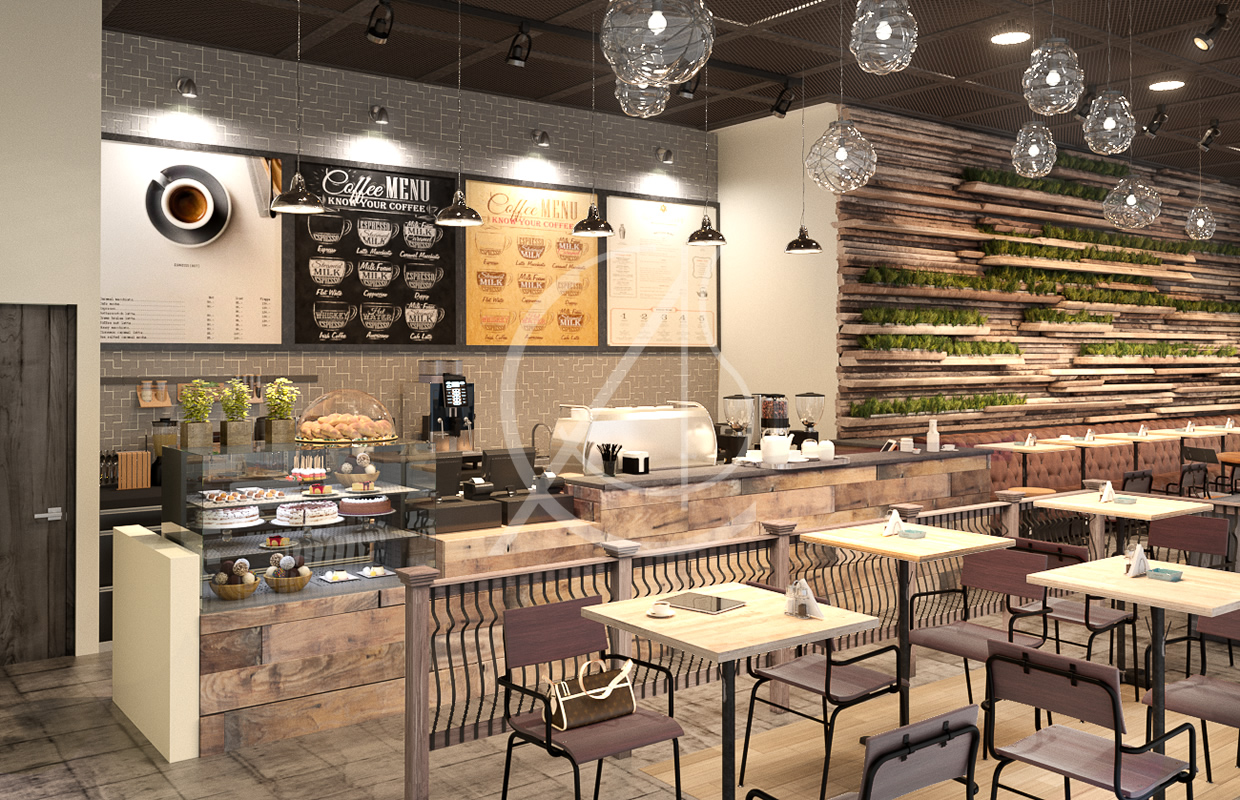Härjedalen
WELCOME TO Härjedalen
County Overview
Sveg
11,633 km2
10,736
Swedish
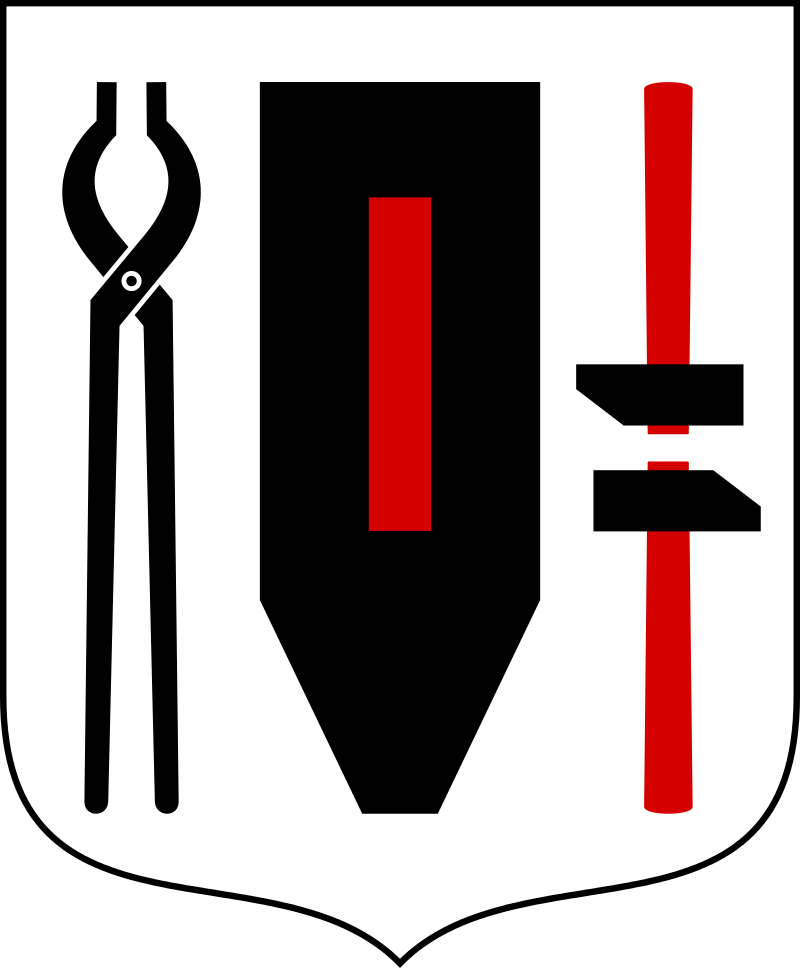
Popular
Geography and Tourist Attractions
Information about the province's tourist attractions, including popular destinations, events, and activities.
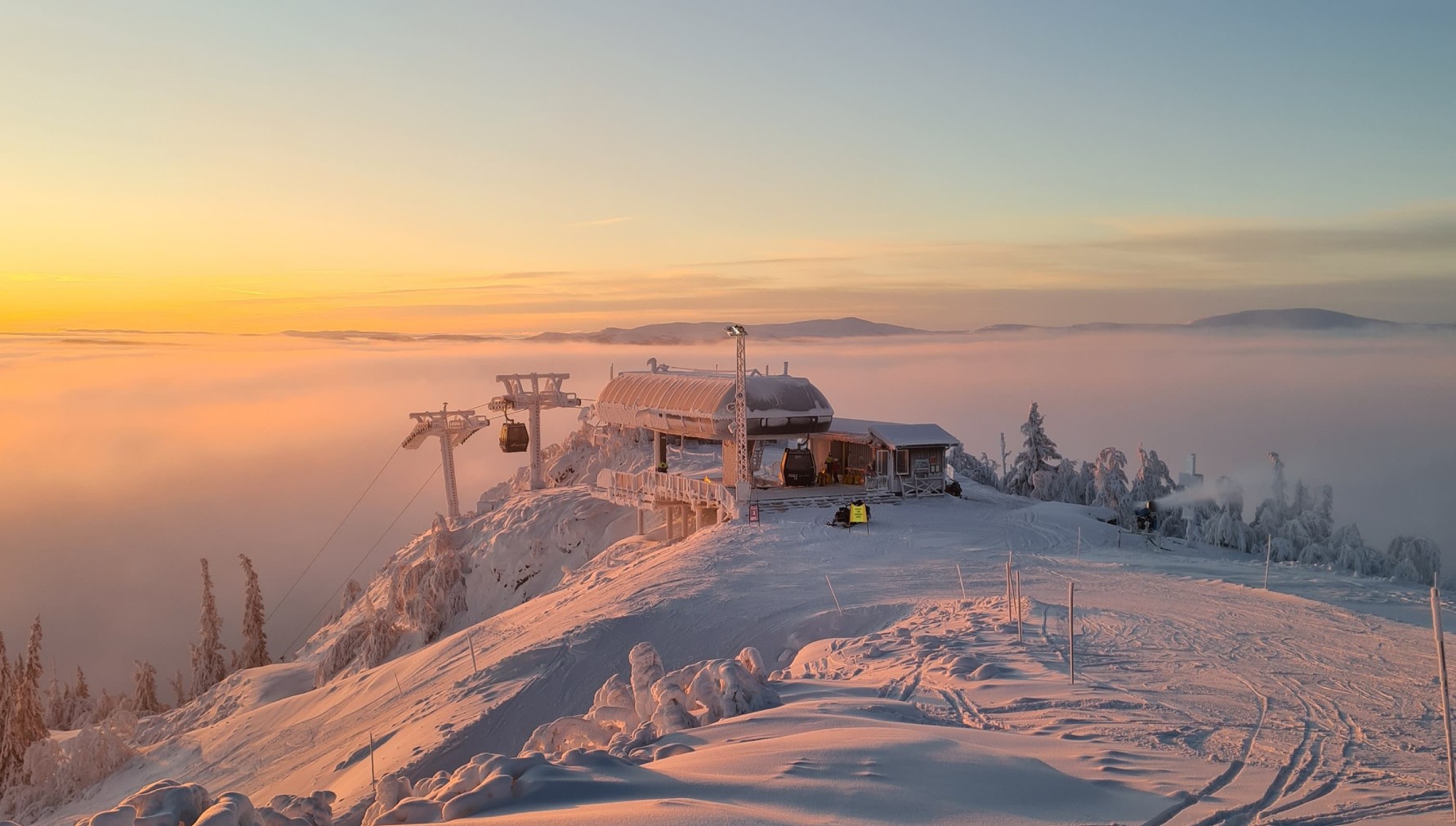
Funäsdalsberget
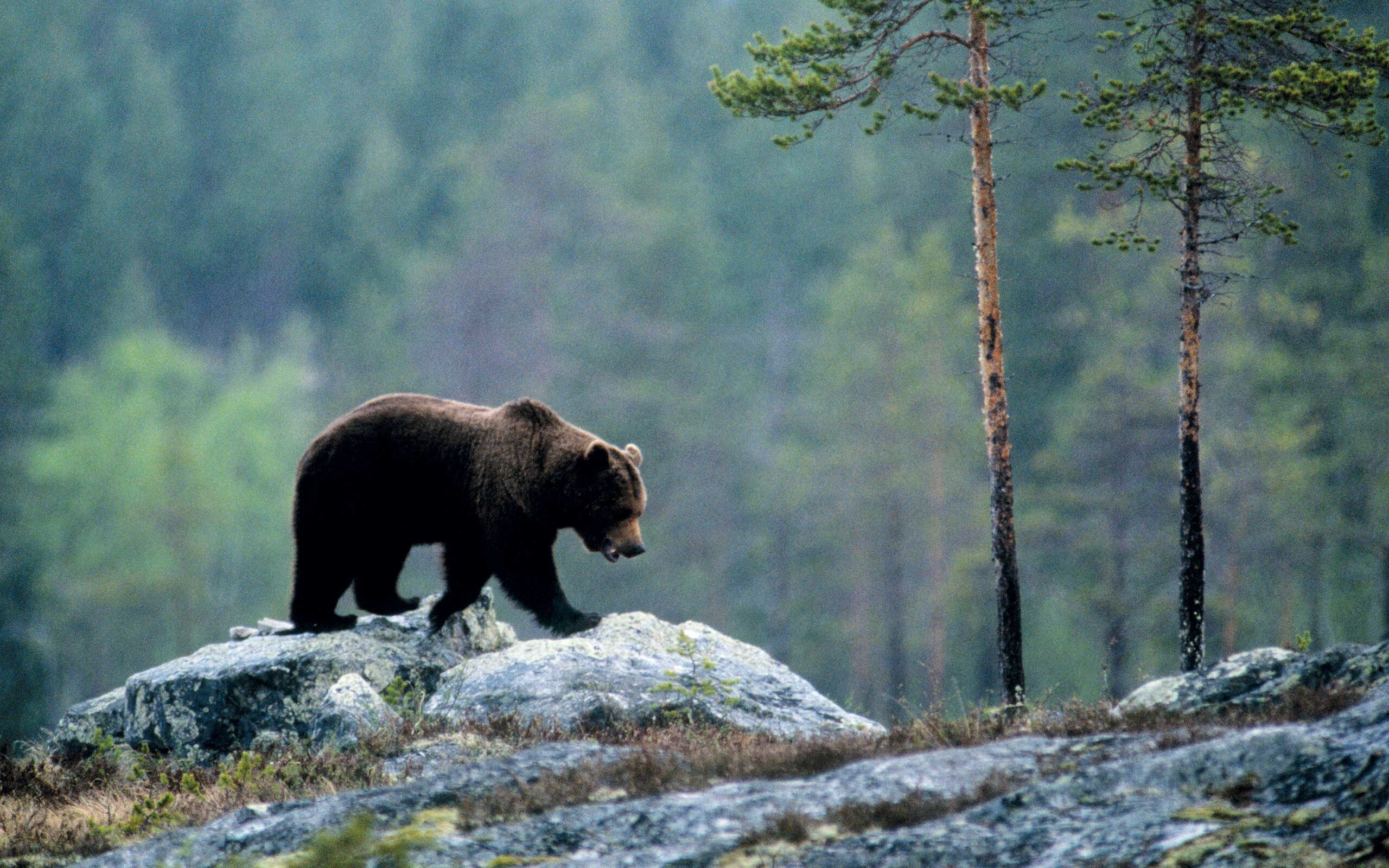
Sonfjället National Park
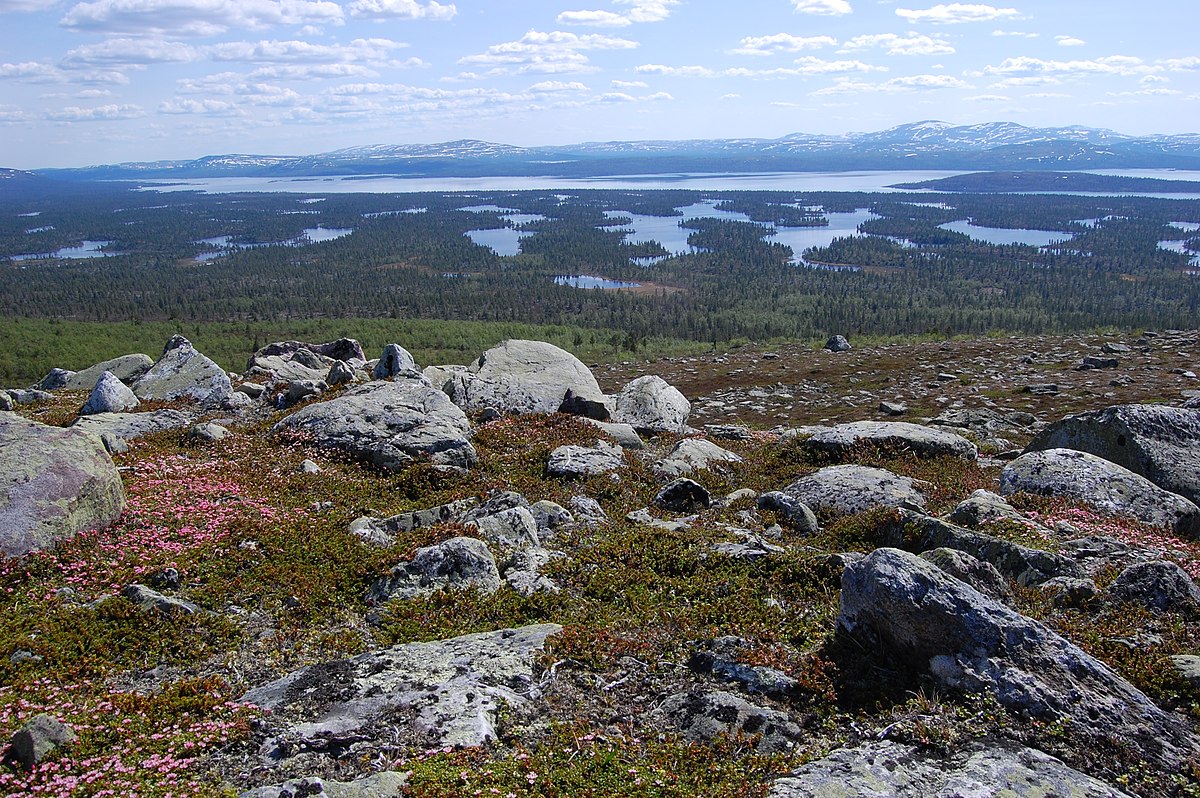
Rogen Nature Reserve
Political
Economy and Government
Härjedalen is a sparsely populated region with a mainly service-based economy. The tourism industry is the most significant contributor to the region's economy. Härjedalen has vast natural resources, including forests, minerals, and hydropower, which have supported the growth of a strong forestry and energy industry. Small-scale agriculture and reindeer husbandry also play a role in the region's economy.
The municipality of Härjedalen is responsible for providing local government services in the region, including education, healthcare, and social services. The municipality is governed by a council made up of elected representatives and a municipal executive board led by a mayor. Härjedalen is also part of the Jämtland County Council, which is responsible for regional development and public services such as public transportation, culture, and regional planning.
Härjedalen is part of the Norrland region, which is one of the three regions in Sweden eligible for EU structural funds. The EU funding supports projects that contribute to regional development, such as infrastructure improvements, business development, and education and training programs. The region has a strong focus on sustainability and eco-tourism, with many initiatives aimed at promoting sustainable economic growth while preserving the region's natural beauty.

History
History and Culture
Härjedalen has a rich cultural and historical heritage that spans back to the Viking era. Evidence of early human settlement in the region dates back to the Stone Age, with the Sami people being the earliest known inhabitants. The region was later settled by Norsemen, and during the Middle Ages, it became an important trading hub. The Sami people, with their distinctive culture, continue to play a significant role in the region's cultural heritage. Härjedalen has many museums and cultural centers that showcase the region's unique history and traditions. The Lillhärdals Hembygdsgård, for example, is a folk museum that displays the cultural heritage of Härjedalen. The Härjedalens Fjällmuseum is another important cultural institution in the region. It is dedicated to preserving the natural and cultural heritage of the mountains and includes exhibits on the Sami culture, flora and fauna, and geology of the region.
The region's economy is largely based on tourism, with winter sports such as skiing and snowmobiling being major draws. Other industries in the region include agriculture and forestry, as well as mining. The largest employer in the region is the municipality itself, followed by the Härjedalens Utbildningscentrum, which provides vocational training to local residents. The municipality is governed by a democratically elected council and has a municipal executive board that is responsible for implementing the council's decisions. The region is part of the larger county of Jämtland, which has its own regional council and administrative center in the city of Östersund.
HOTELS

Copperhill Mountain Lodge
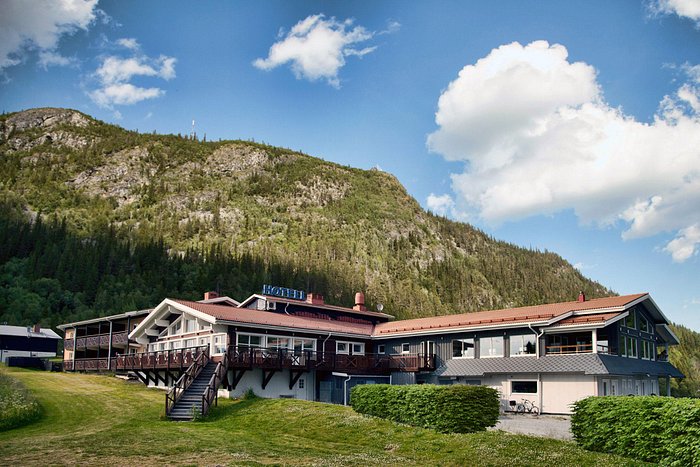
Eriksgårdens Fjällhotell
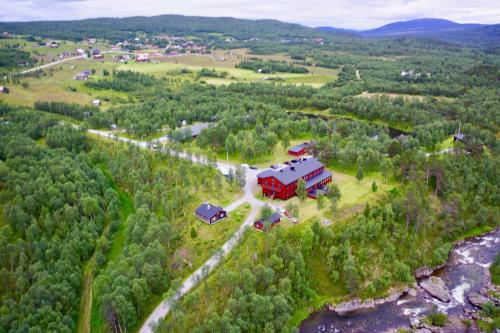
Bruksvallarnas Fjällhotell
RESTAURANTS
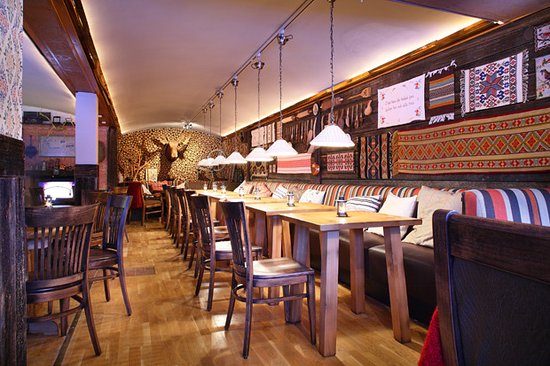
Fjällpuben
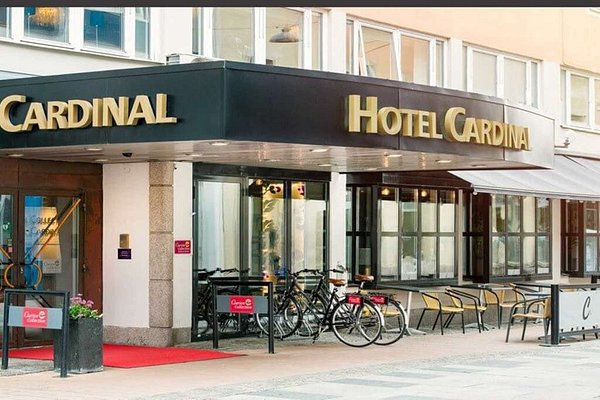
Vildmarkscafeet
